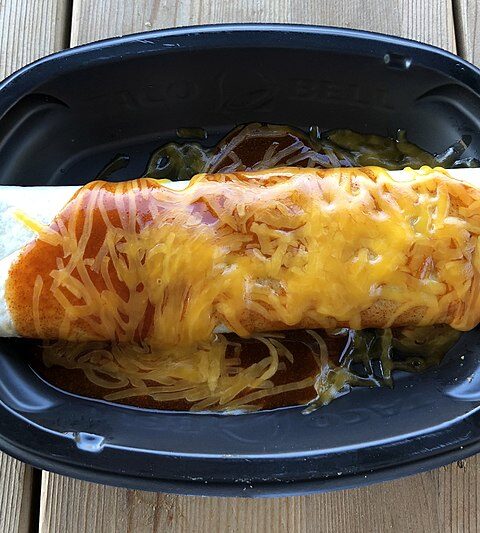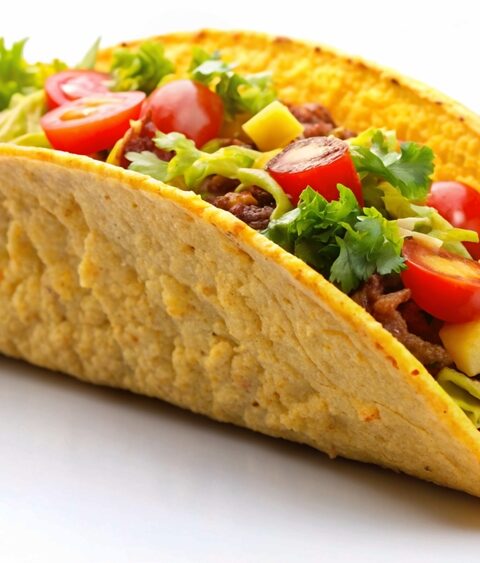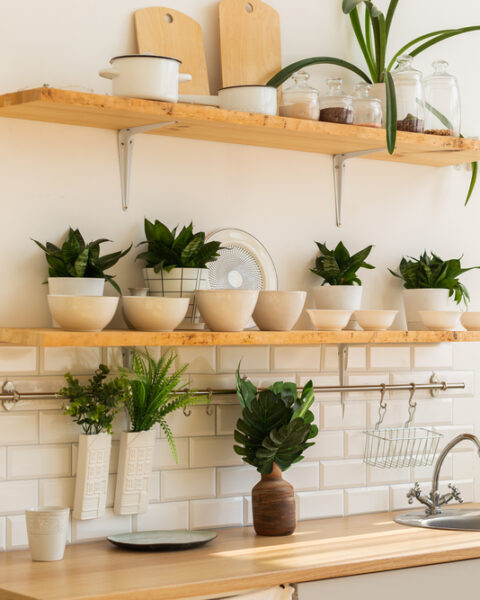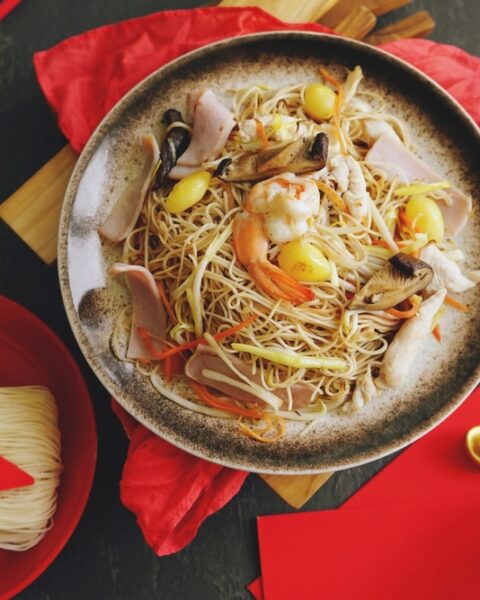We all know how hectic weekdays can get, and trying to eat healthy during the chaos can feel impossible. But with a bit of planning and some smart strategies, you can stay on track with your nutrition goals. Imagine coming home after a long day and having a delicious, home-cooked meal ready to go. It’s not a dream; it’s achievable with meal prep.
Contents
- 1 Plan Your Meals in Advance
- 2 Batch Cook Staple Foods
- 3 Use Multi-purpose Ingredients
- 4 Invest in Quality Storage Containers
- 5 Pre-cut and Portion Snacks
- 6 Use the Freezer Wisely
- 7 Simplify Your Recipes
- 8 Prep Breakfasts in Advance
- 9 Incorporate Leftovers
- 10 Stay Organized with a Meal Prep Calendar
- 11 Cook with Family or Friends
- 12 Focus on Balanced Nutrition
- 13 Regularly Review and Adjust Your Plan
- 14 More From RetailShout
- 15 15 Delicious Prepared Meals to Get at Trader Joe`s
- 16 The 13 Unhealthiest Costco Bakery Foods
Plan Your Meals in Advance
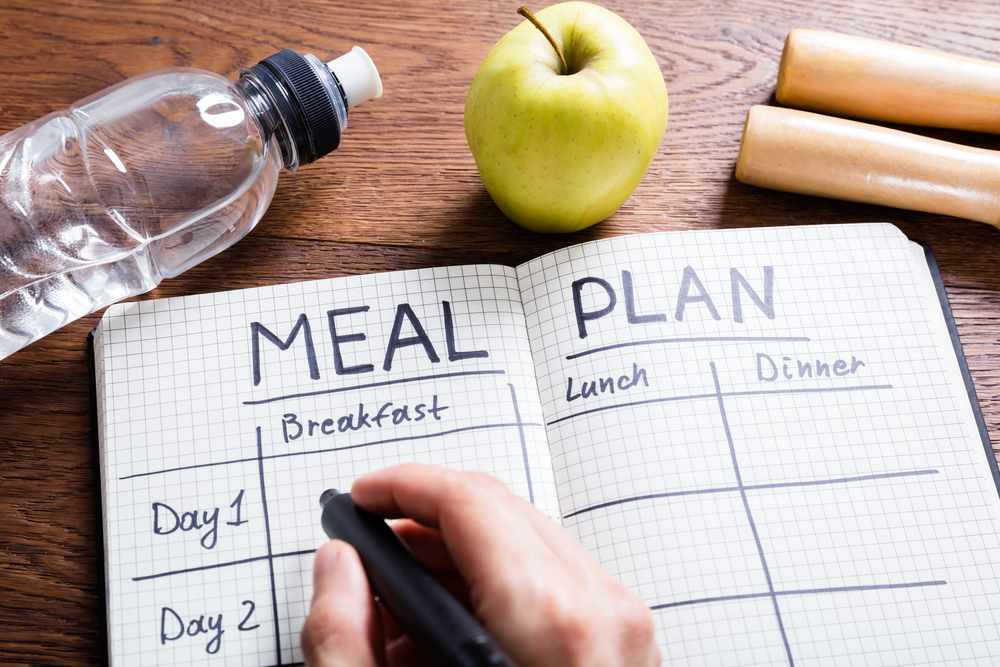
Planning your meals ahead of time is crucial for successful meal prep. Start by setting aside time each week to decide on your meals and create a grocery list. This helps you avoid last-minute decisions that often lead to unhealthy choices. By planning, you can ensure a balanced diet and save money by buying only what you need.
Batch Cook Staple Foods
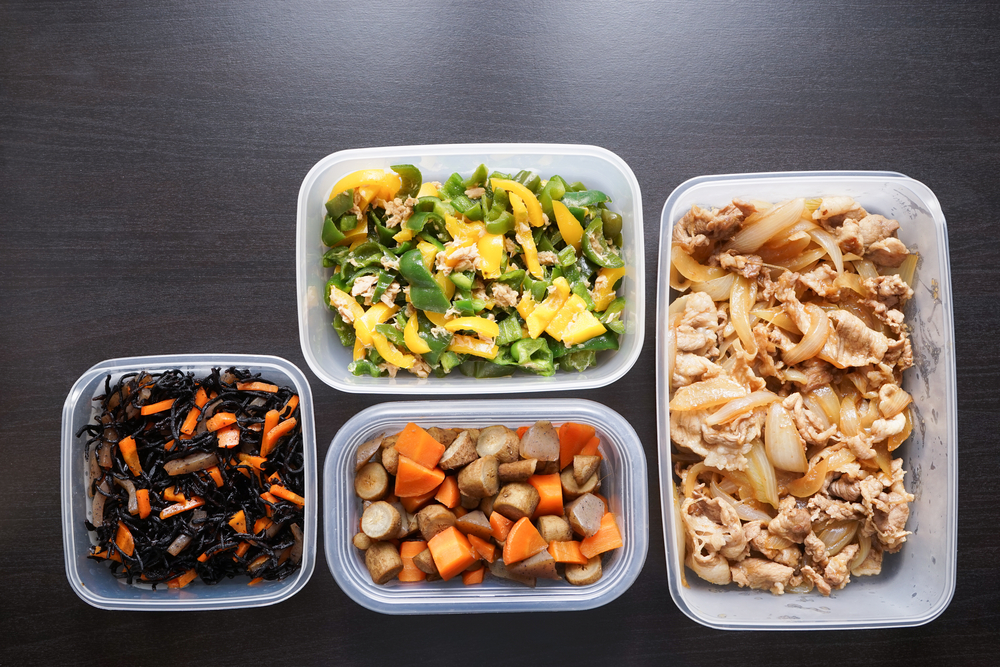
Batch cooking involves preparing large quantities of staple foods that can be used in various meals throughout the week. Cook items like grains, beans, and proteins in bulk. Store them in the refrigerator or freezer to easily mix and match for different dishes. This saves time and ensures you have healthy options readily available.
Use Multi-purpose Ingredients
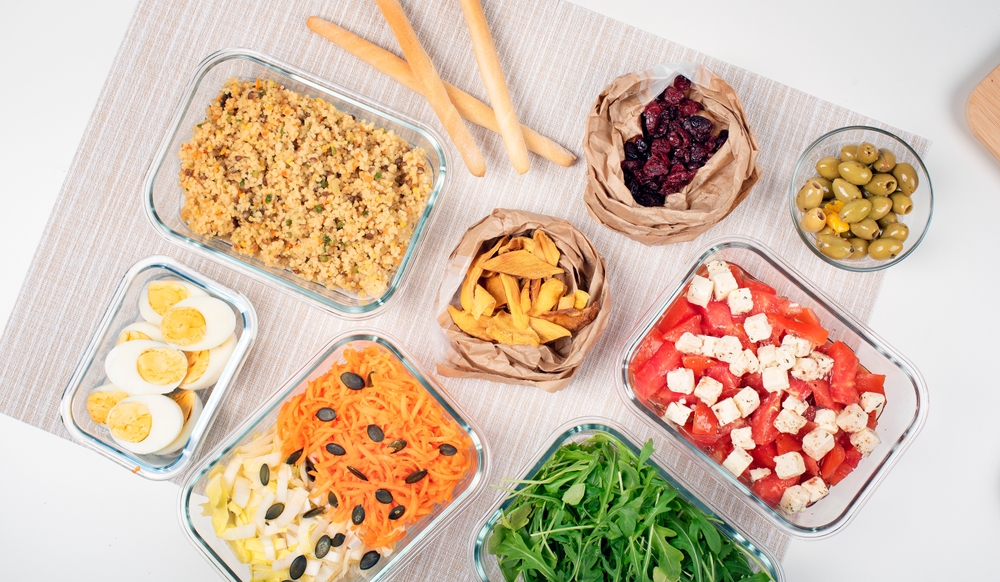
Choose ingredients that can be used in multiple dishes to simplify your meal prep. For example, roasted vegetables can be added to salads, grain bowls, or served as a side dish. This reduces the number of different items you need to prepare and helps streamline your cooking process.
Invest in Quality Storage Containers
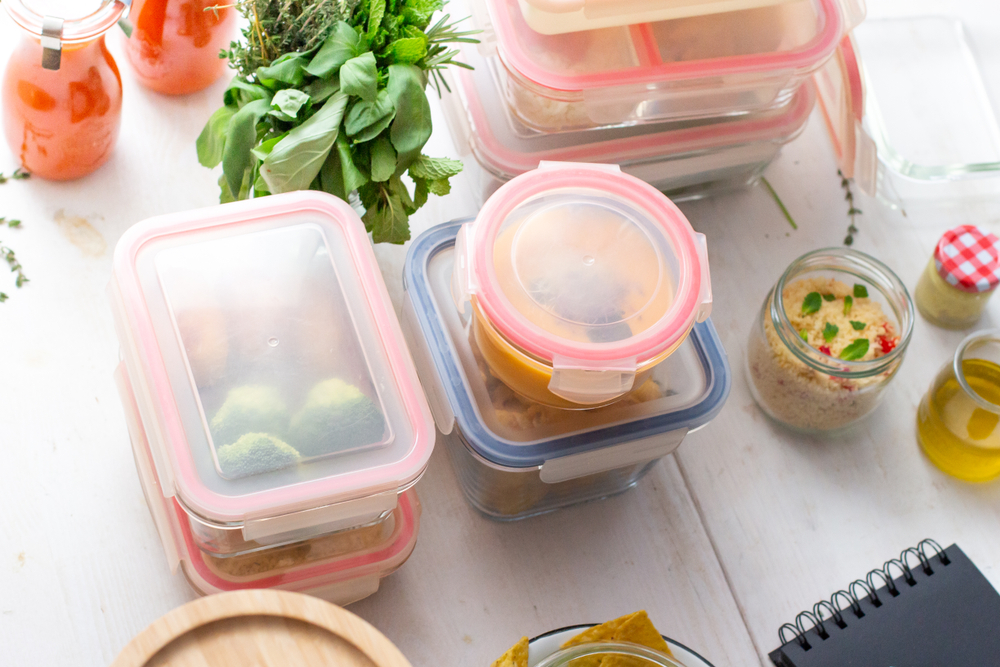
Having a good set of storage containers is essential for meal prep. Use containers that are microwave-safe, dishwasher-safe, and come in various sizes. Proper storage ensures your meals stay fresh and makes it easy to grab a pre-prepared meal on busy days. Label your containers with the contents and date for better organization.
Pre-cut and Portion Snacks
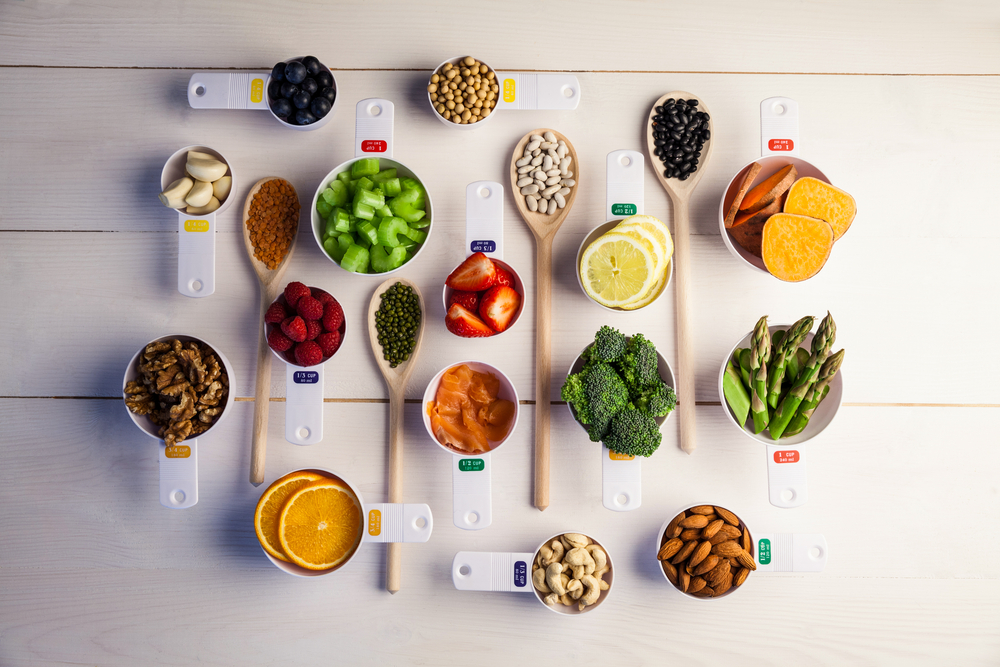
Pre-cutting and portioning snacks can save you time and help you make healthier choices. Prepare items like fruits, vegetables, and nuts in advance and store them in individual portions. This makes it convenient to grab a healthy snack on the go, reducing the temptation to reach for less nutritious options.
Use the Freezer Wisely
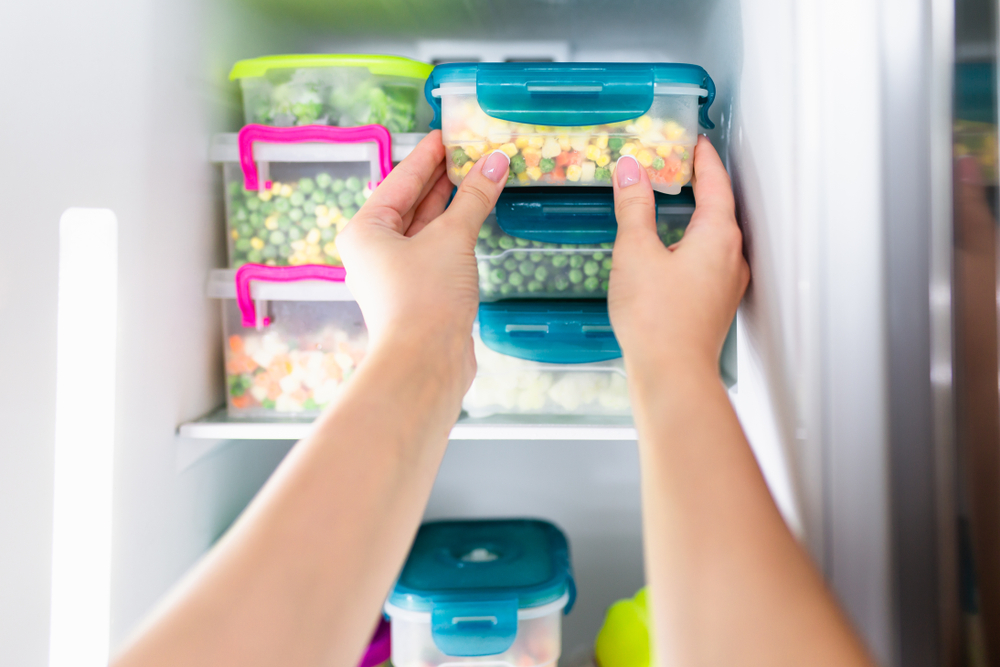
The freezer is your friend when it comes to meal prep. Freeze meals in individual portions so you can defrost exactly what you need. Foods like soups, stews, and casseroles freeze well and can be reheated quickly. Make sure to label your freezer bags or containers with the contents and date to keep track of what you have.
Simplify Your Recipes

Stick to simple recipes that require minimal ingredients and steps. Complex recipes can be time-consuming and may discourage you from sticking to your meal prep routine. Choose dishes that you enjoy and are confident in making, ensuring you can prepare them quickly and efficiently.
Prep Breakfasts in Advance

Having breakfast ready to go can make your mornings much smoother. Prepare items like overnight oats, smoothie packs, or egg muffins ahead of time. These can be stored in the fridge or freezer and quickly reheated or assembled in the morning, giving you a nutritious start to your day without the hassle.
Incorporate Leftovers
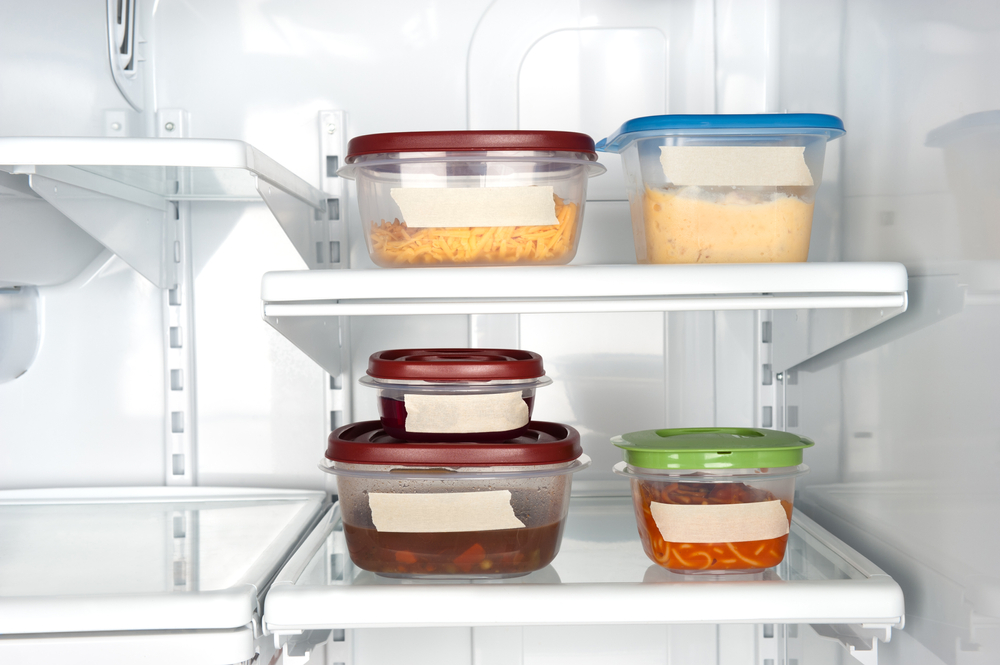
Plan to use leftovers creatively to reduce food waste and save time. For instance, roasted chicken from dinner can be used in salads, sandwiches, or wraps for lunch the next day. This not only saves you cooking time but also makes meal planning easier by repurposing ingredients you already have.
Stay Organized with a Meal Prep Calendar
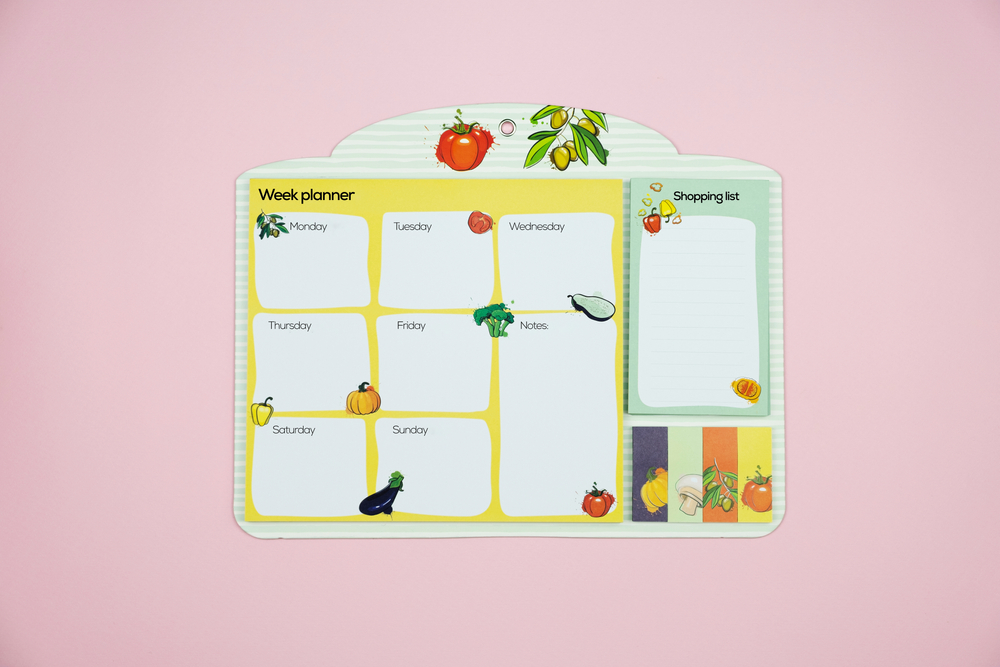
A meal prep calendar can help you stay organized and on track. Use it to plan what meals you will prepare each week, including breakfasts, lunches, dinners, and snacks. This visual aid helps ensure you have a variety of meals and prevents you from repeating the same dishes too often.
Cook with Family or Friends

Involving family or friends in your meal prep can make the process more enjoyable and efficient. Divide tasks like chopping vegetables, cooking proteins, or assembling meals. Not only does this speed up the prep time, but it also provides an opportunity to spend quality time together and share healthy eating habits.
Focus on Balanced Nutrition

Ensure that each meal you prepare is balanced with a mix of proteins, carbohydrates, and healthy fats. Incorporate a variety of vegetables, lean meats, whole grains, and healthy fats like avocados and nuts. This helps you maintain a well-rounded diet and keeps your meals satisfying and nutritious.
Regularly Review and Adjust Your Plan
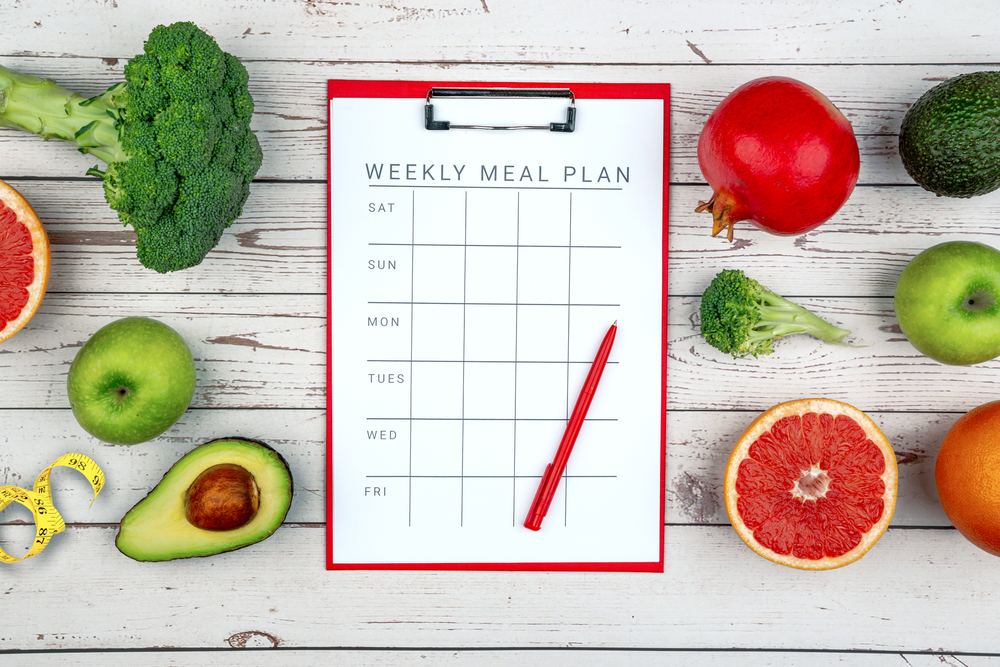
Meal prepping is an ongoing process that can be refined over time. Regularly review your meal prep routine to see what works and what doesn’t. Adjust your plans based on your schedule, dietary needs, and preferences. Staying flexible and open to change will help you maintain a successful meal prep routine in the long term.
This article originally appeared on RetailShout
More From RetailShout
I Tried Dozens Of Store-Bought Barbecue Sauces—Only These 18 Are Worth Buying
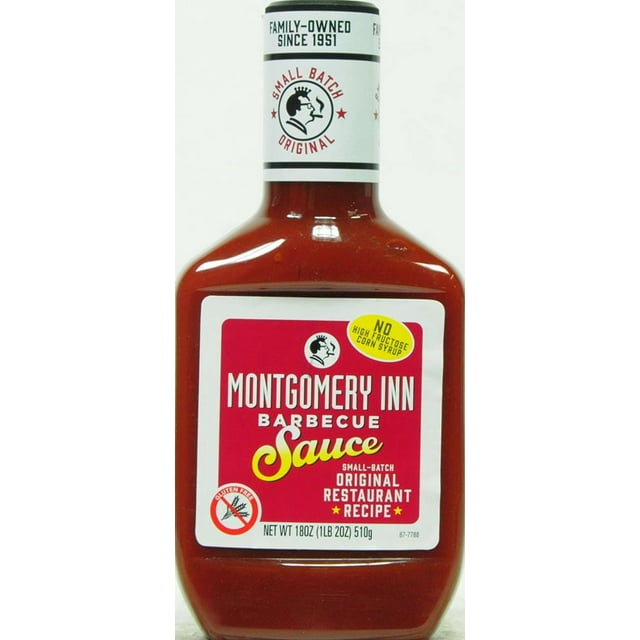
So, I went on a massive taste test adventure, trying dozens of different store-bought BBQ sauces, and let me tell you, it was quite the flavorful journey. Honestly, most were just okay, but I found 18 that really stood out and thought you might want to check them out. Read More.
15 Delicious Prepared Meals to Get at Trader Joe`s
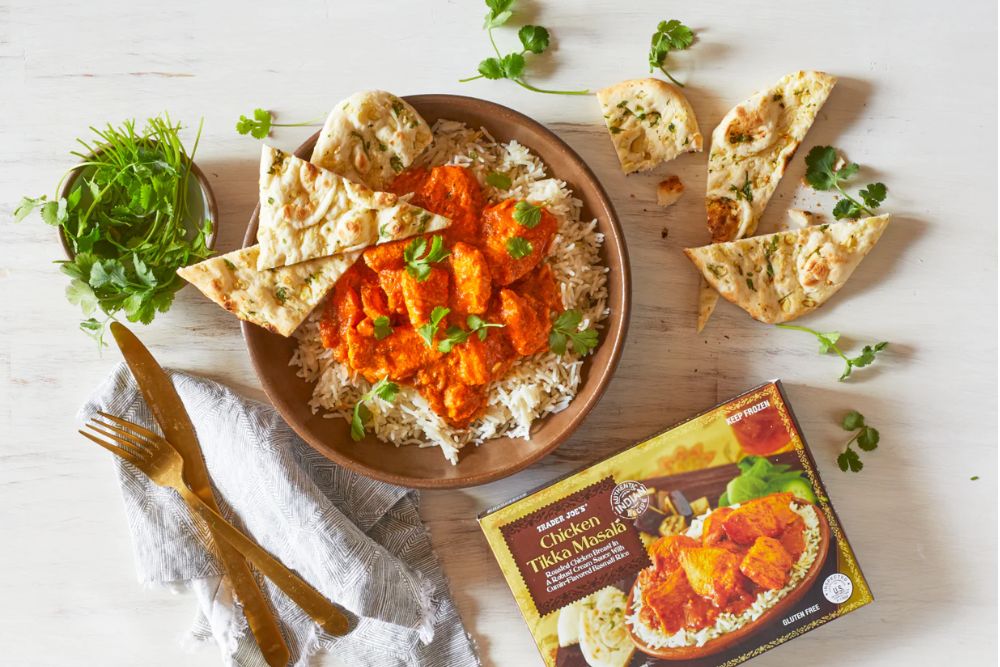
A rich and creamy Indian-inspired dish that’s packed with tender chicken in a flavorful tomato sauce. Simply microwave or heat on the stove, and pair with rice or naan. Read More.
The 13 Unhealthiest Costco Bakery Foods
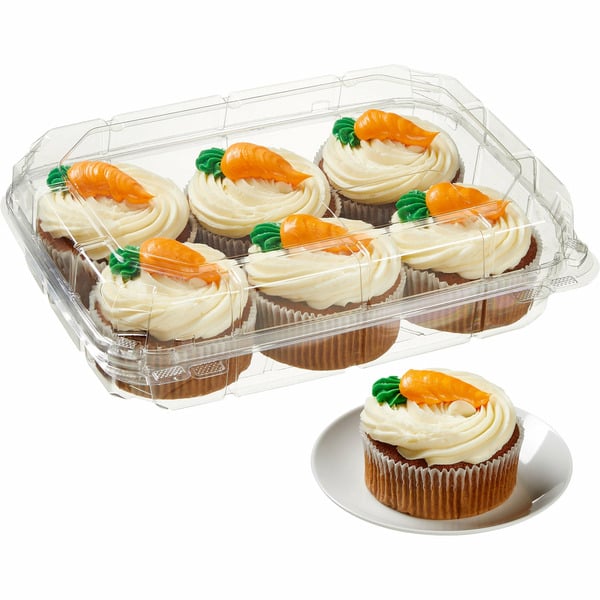
Walking through the Costco bakery section can be both a delight and a challenge. The aroma of fresh-baked goods is irresistible, and the selection is vast. Read More.

